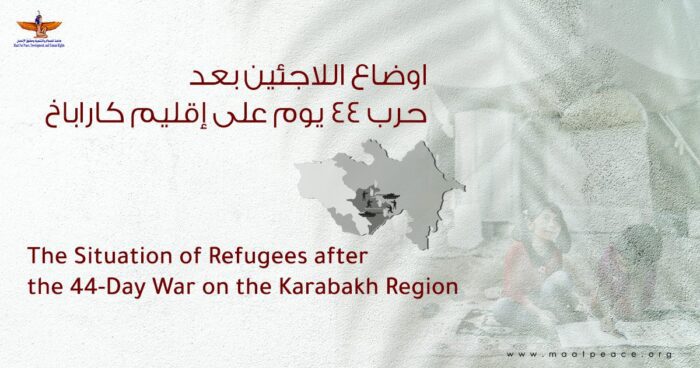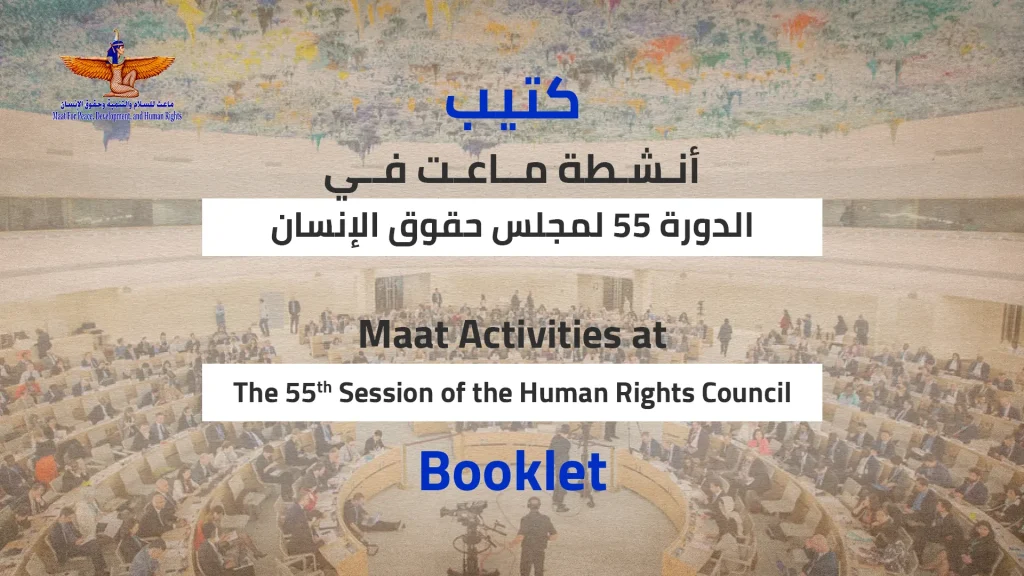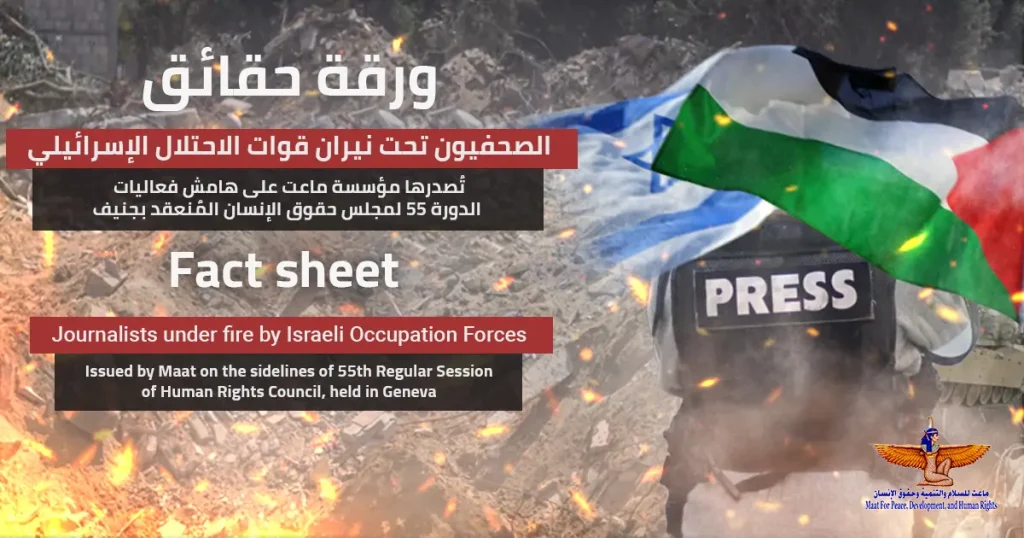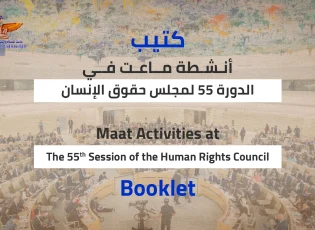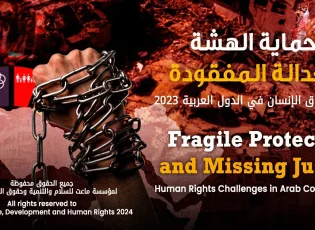Introduction:
By 2020, there were more than 79.5 million refugees worldwide, who have fled armed conflict, persecution, and violence, including about 26 million refugees who have fled the armed conflict. This number also includes about 45.7 million internally displaced people, 4.2 million asylum seekers, and 3.6 million refugees from Venezuela. The statistic does not include environmental or climate refugees who have been pushed by climate changes such as changing weather temperatures and disasters such as floods to leave the areas they inhabit, whether to other areas within their countries or other countries.
The United Nations worked in 1951 to establish a convention on the status of refugees to ensure their protection and give them a set of inalienable asylum rights in the country because the main reasons for asylum lie in armed conflicts, violence, and infighting. A refugee is someone unable or unwilling to return to their country of origin owing to a well-founded fear of being persecuted for reasons of race, religion, nationality, membership of a particular social group, or political opinion; according to the Convention. By the end of 2020, Azerbaijan created a new wave of refugees when it launched a war to control the Karabakh region and its surroundings. During the war, Azerbaijan violated international humanitarian law; it has deliberately targeted civilian objects, which led to the killing of many civilians in their homes, and has also illegally arrested, tortured, and killed civilians.
In addition, Azerbaijani forces target infrastructure such as electricity and water networks to drive the population out of their country. Because of all these factors, about 100,000 civilians, mostly children, women, and adults fled to Armenia, fearing for their lives. Most of these people had left all their possessions behind in pursuit of survival. And upon their arrival in Armenia, they experienced another shock as it was unable to accommodate such a population. They were sheltered in factories and schools, which led to the spread of the epidemic among them. The high cost of basic needs has hindered the fulfillment of their needs; so many of them were forced to rely on humanitarian aid. Due to Azerbaijan's control over many areas, many of them became permanent refugees in Armenia. Thus, this report aims to shed light on the suffering and difficult conditions left by the conflict in the territory of Artsakh on the refugees and the violations committed by the Azerbaijani forces to force the population to flee and seek refuge in Armenia.
![]()
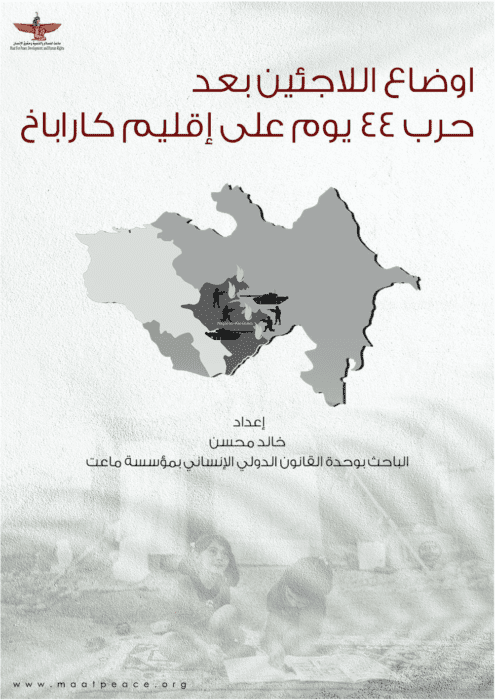 |
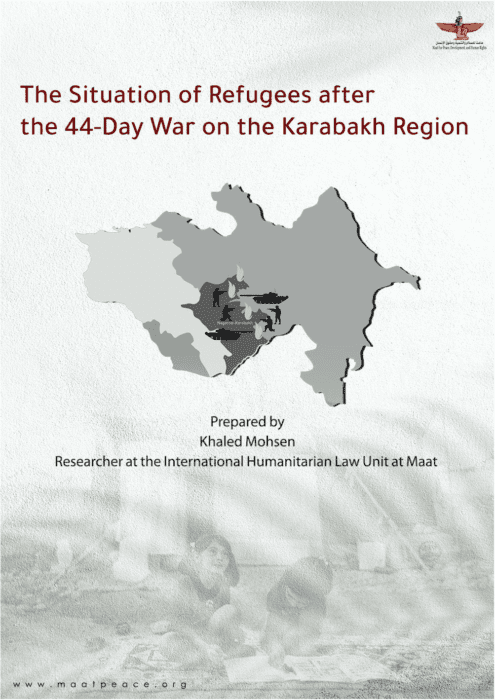 |


